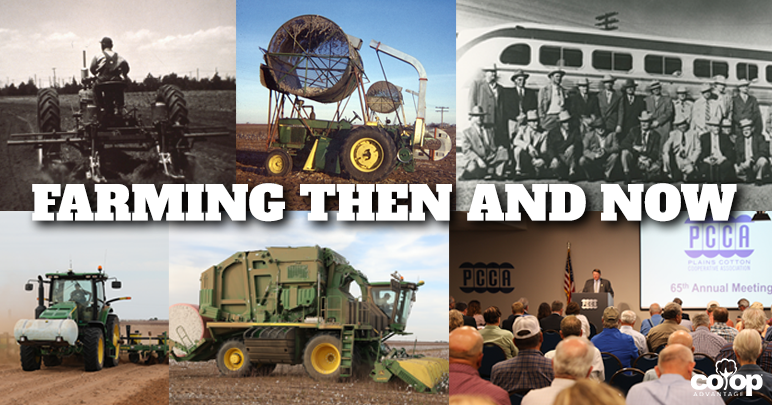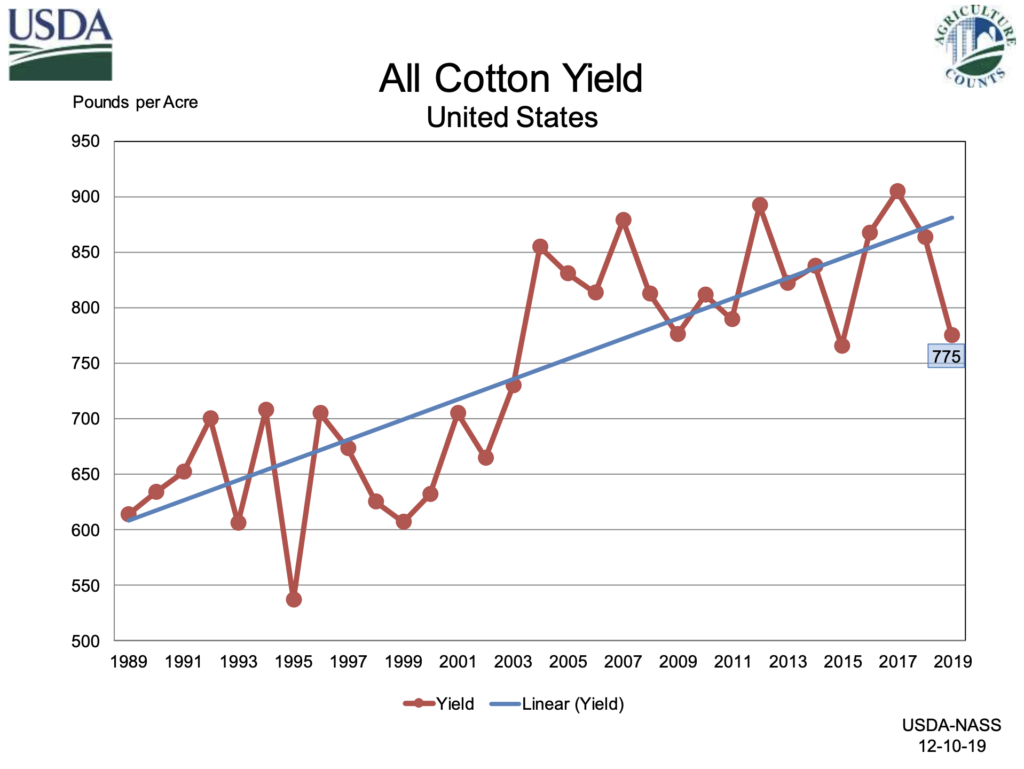
Since humans have walked the earth, some form of farming has existed as a means for survival. Over centuries, however, its uses, benefits, and methods have changed. In the early days, farming provided a means for trading goods and services for profit. As time passed, individuals living in rural areas began to use their stewardship skills to make a monetary income. Today, farming has turned into a multi-billion-dollar industry filled with farms of all sizes. U.S. farmers are able to feed and clothe not only our nation sustainably, but give abundantly to other nations as well.
Despite even the greatest leaps and bounds in agricultural technology, the farming industry can still be viewed as “old fashioned” and “traditional.” As onlookers peer into the window to this unique world, their first thought can often be of Grant Wood’s American Gothic painting (below), which represents only one moment in time of agriculture. That was farming then. This is farming now.

Today, farmers are able to produce higher yields with less land, labor, equipment and fuel. The USDA chart below showcases how cotton production has progressed over time in the U.S.

Simply put, the farming industry is anything but old fashioned and traditional. Progress of this kind requires the farmer of today, who combines the desire for new technology and innovation with the morals, work ethic, and values instilled in them throughout generations. Evidence of this exists in the transparent business proceedings local and regional cotton cooperatives exhibit. In the same manner that the farming industry has progressed, cooperatives have adapted over time to meet the needs of farmers as well (read our blogs about it here). While only two percent of the population is farming and ranching (Farm Bureau, 2020), efficiency and effectiveness concerning production and business are not sacrificed.
The agricultural way of life is exceptionally unique. Those who continue to cultivate it, whether at the family farm level or the regional cooperative level, have the need to both stay grounded and carry with them the fundamentals of past years as well as keep their eyes on the prize with eagerness for the future. Farming then is just as important as farming now. It is the combination of the two which makes the industry sustainable.





